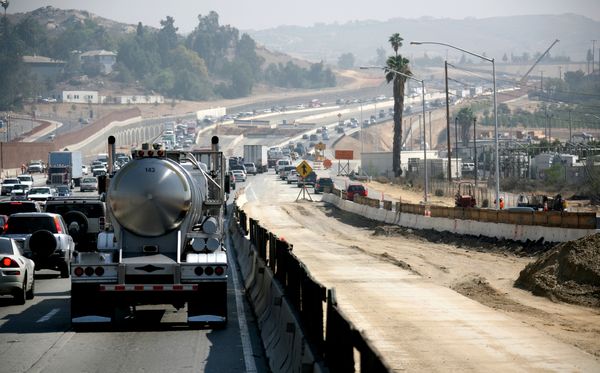Find who’s at fault and get compensation
You may have heard attorneys talk about traumatic brain injury liability, but what does this mean? Liability is a legal theory used in personal injury claims that your attorney uses to prove that another party (the defendant) is responsible for the accident, your injury, and your resulting financial losses.
Let’s explore different types of traumatic brain injury liability theories so you can better understand your case. The next step is to work with a skilled San Luis Obispo brain injury lawyer and secure the compensation you deserve.
What are the different types of liability?
General negligence liability
A general negligence claim is one of the most common personal injury claims. If you and your lawyer prove that the at-fault party acted negligently, they can be legally responsible for your damages and thus owe you compensation.
Proving general negligence is a four-part legal concept:
- They owed you a duty of care (usually for your safety or to protect you from harm)
- They breached the duty of care (abandoned their responsibility)
- The breach of the duty of care was the direct cause of the accident and your injuries.
- You sustained financial losses because of your injuries
This legal theory utilizes the “reasonable person standard.” This means the at-fault party can be considered negligent if their actions deviate from what a reasonable person would have said, done, or not done in the same situation.
Your lawyer must also draw the connection between the defendant’s action (or inaction), the incident, and your losses.
Comparative negligence liability
In comparative negligence situations, the plaintiff and defendant share responsibility for the accident and the plaintiff’s resulting injuries. Comparative negligence claims reduce the plaintiff’s award by the percentage they were to blame for the accident.
For example, you’re in a car wreck and suffer a moderate concussion. The jury determined that because you were eating a sandwich when the wreck happened, you were distracted and, therefore, 25% to blame for the accident. Instead of your award being $40,000, it’s reduced by 25%, or the amount of your blame. You’ll receive $30,000 instead.
Fortunately for California brain injury victims, the state is a pure comparative negligence state. This means that even if the plaintiff is 99% responsible for the accident that caused their injury, they can still petition for compensation.
However, this also means that the other party can file a lawsuit if you’re found to be partly liable for the incident. If you’re more than 50% liable for the accident, you could have a net loss when all the court cases are said and done.
Strict liability claims
Strict liability means a negligent party can be held responsible for the plaintiff’s injury and losses. In strict liability situations, your brain injury lawyer doesn’t need to prove that the defendant was negligent, nor that they intended to cause the plaintiff harm.
Under strict liability, your lawyer must only prove that the defendant’s conduct caused the injury, regardless of their intent.
Strict liability is commonly used in cases where someone sustains a brain injury due to a defective or contaminated consumer product (product liability). In these cases, the designer, manufacturer, and seller (wholesale and retail) of the defective product could be accountable for the plaintiff’s injury.
Some other cases where traumatic brain injury liability in children could be strict liability include abnormal or hazardous activities. It could also include cases involving a dog bite or wild animal mauling.
Vicarious liability claims
In most brain injury lawsuits, the party who directly caused the injury or acted negligently is liable for the plaintiff’s damages. However, in some cases, California law permits injured plaintiffs to file lawsuits against multiple parties under the state’s vicarious liability statutes.
This is common in cases where an employer is held responsible for an employee’s actions, such as a bartender over-serving a patron who then causes a drunk driving accident or in cases of medical malpractice.
Negligence per se claims
Personal injury claims usually burden the defendant with proof of liability. However, in negligence per se cases, the defendant is negligent because they violated specific safety laws and, therefore, caused the plaintiff’s injury.
This could occur if a defendant was speeding and caused the wreck and your brain injury, for example.
Finding help in a brain injury case.
If you have a California brain injury case, contact the brain injury lawyers at Ernst Law Group. We can help you establish traumatic brain injury liability in your case and demand the rightful compensation you deserve.
Contact us today at (805) 541-0300 for a free consultation with an experienced San Luis Obispo brain injury lawyer.





